Darakjeong (다락정)
2.2Km 2021-03-26
131-1, Samcheong-ro, Jongno-gu, Seoul
+82-2-725-1697
Darakjeong has been popular for a long time because of the simple taste of its traditional Mandu (Korean stuffed dumpling). Since its opening in 1991, tasty soup and scrumptious Mandu have been served. A fist-sized Mandu is fully packed with seasoned meat, bean-curd, and various vegetables. Its thick dough makes it chewy and delightful. For one person, “Manduguk”(boiled dumpling soup) is a good choice. The delicious and nourishing taste of Mandu goes well with the sweet, spicy, and fresh taste of the soup. Manduguk is served in a brass bowl which keeps the food warm while eating. For a large-size group, “Mandujeongol” cooked with various vegetables in a casserole is recommended. There are two types of Mandujeongol that have different tastes. The main characteristic of “Kimchi Mandujeongol” is its spicy flavor, which reminds people of the refreshing taste of Kimchi soup, and “Tojang Mandujeongol” expounds on the savory taste of bean-paste soup. Tojang means folk soybean-paste. “Nokdujeon”(a Korean pan-fried dish with green mung bean) is another famous dish at Darakjeong, which is pan-fried with a very light seasoning to emphasize the original taste of Nokdu (green mung bean). Salted oysters with hot pepper are served with Nokdujeon instead of soy sauce, which is a perfect match.
Stay Passport Sindang Ryokan (스테이 패스포트 신당 료칸)
2.2Km 2025-04-24
33 Nangye-ro 11-gil, Jung-gu, Seoul
Stay Passport Sindang Ryokan offers a four major room types: "Goyo" and "Sohyang," designed for two who seek privacy and relaxation away from the busy city life; "Pungryu," accommodating up to four people, perfect for family guests or a group of friends; and "Pungyo," designed to offer utmost relaxation.
Eomeoni Daeseongjip (어머니대성집)
2.2Km 2021-03-29
4, Wangsan-ro 11-gil, Dongdaemun-gu, Seoul
+82-2-923-1718
A good place to visit when you want to eat hot soup. This restaurant's signature menu is hangover soup. This Korean dishes restaurant is located in Dongdaemun-gu, Seoul.
Osulloc - National Museum of Modern and Contemporary Art Branch [Tax Refund Shop] (오설록 현대미술관)
2.2Km 2024-04-23
30, Samcheong-ro, Jongno-gu, Seoul
-
Bosingak Belfry (보신각 터)
2.2Km 2024-03-04
54, Jong-ro, Jongno-gu, Seoul
+82-2-2133-2641
Bosingak Belfry is also known as Jonggak. It was the site in which a large bell, used to keep the time in Seoul, was found during the Joseon period (1392-1897). Bosingak Belfry was burned down during the Korean War (1950-1953) and was reconstructed in 1979. The original bell was moved to the Gyeongbokgung Palace, and a new bell was forged in 1985. At midnight, January 1, the bell at the Bosingak Belfry is rung to welcome the new year. Many people gather around the belfry to make a wish for their new year.
Africa Museum of Art (아프리카미술관)
2.2Km 2022-10-26
24-1, Samcheong-ro, Jongno-gu, Seoul
+82-2-730-2430
The Africa Museum of Art was established with the purpose of hosting various art festivals and providing the grounds for researching various art themes. A major principle of the gallery is to promote works of art that actively attempt to explore the human mind.
Jjukkumiwa Maeungalbijjim(쭈꾸미와매운갈비찜)
2.2Km 2021-04-15
25-1, Mareunnae-ro, 2-gil, Jung-gu, Seoul
+82-2-2266-3208
The favorite store of office workers. The representative menu is braised short rib set menu. This Korean cuisine is located near Chungmuro Station, Seoul.
Lee Ri-Ja Hanbok Museum (이리자 한복전시관)
2.2Km 2022-08-08
20, Samcheong-ro, Jongno-gu, Seoul
+82-2-734-9477
The Lee Ri-Ja Hanbok Museum displays the traditional clothing worn in Korea from birth to death. All hanbok displayed at the museum are created by the hanbok designer Lee Ri-Ja herself, who has over 40 years of experience.
Olive Young - Chungmuro Station Branch [Tax Refund Shop] (올리브영 충무로역)
2.2Km 2024-04-18
222, Toegye-ro, Jung-gu, Seoul
-
Kumho Museum of Art (금호미술관)
2.2Km 2020-06-11
18, Samcheong-ro, Jongno-gu, Seoul
+82-2-720-5114
The Kumho Museum of Art was opened to celebrate the diversity of art. The museum displays new pieces of art from promising new artists and accomplished artists every year. The museum first opened its doors in Gwanhun-dong in 1989, but moved to a larger area in 1996 where it stands today. The Kumho Museum of Art stands on the east side of Gyeongbokgung Palace. The museum is surrounded by other cultural and folk museums. The B1 floor features artwork of new artists while the 1st and 2nd floors feature project exhibitions and invitation exhibits. About once a year foreign artists are invited to display their art in the museum. There are official invitation exhibitions of seven artists yearly. These are artists who have strongly influenced Korean art. On the 3rd floor of the museum is a small concert hall, also known as Kumho Recital Hall. Although the capacity is only 171 people, all concerts are executed with professional care. On the 1st floor there is a coffee shop and an art shop. The coffee shop and art shop remain open on days the museum is closed.
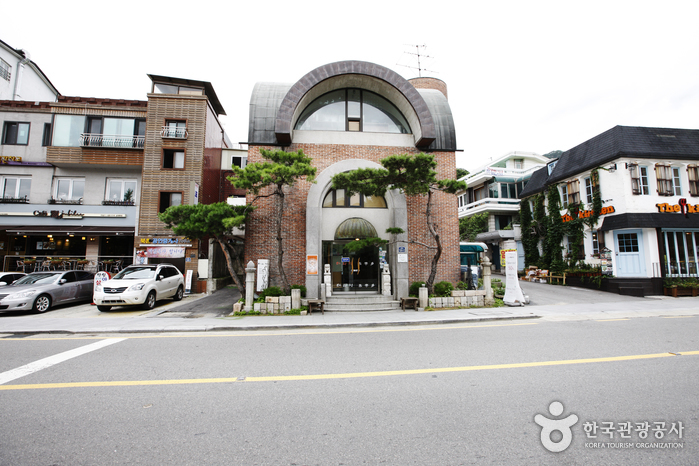
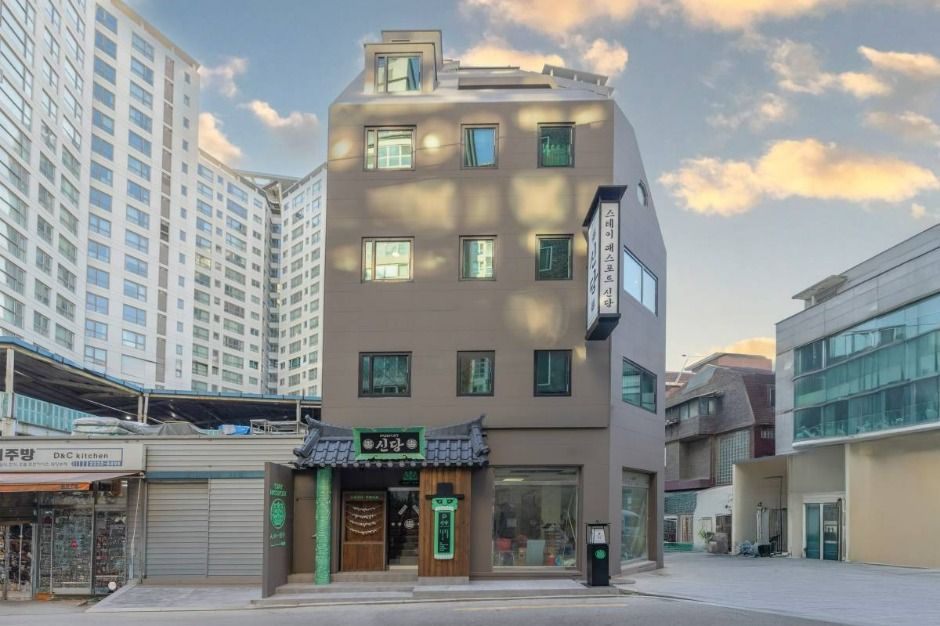
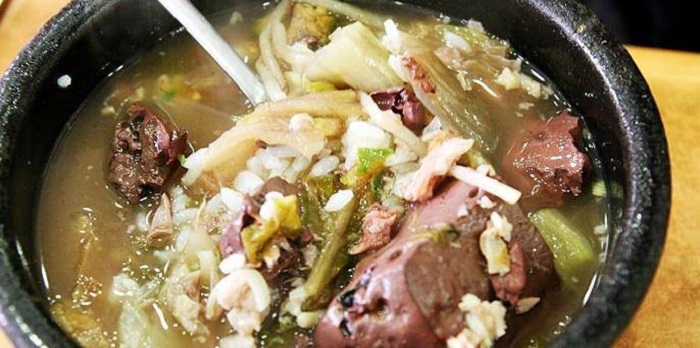

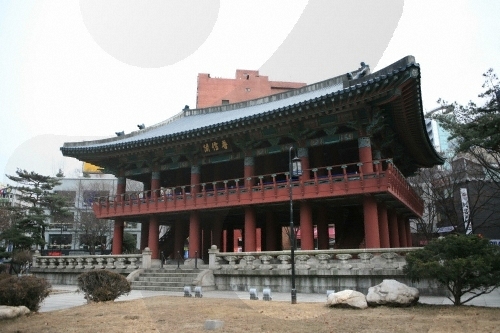
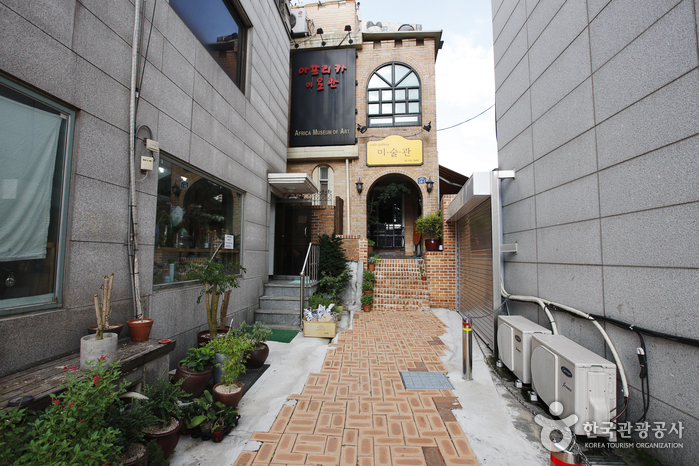
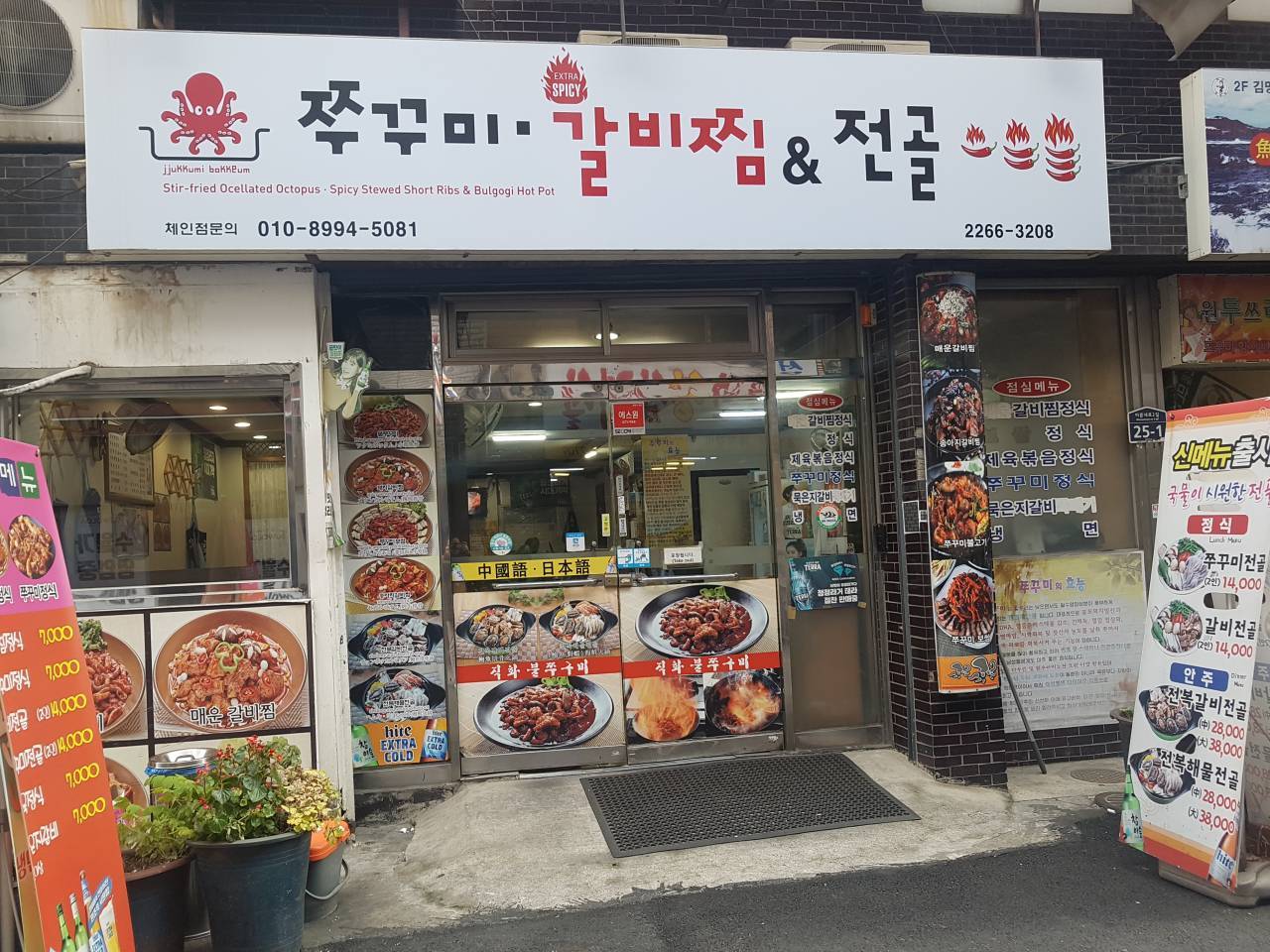
![Olive Young - Chungmuro Station Branch [Tax Refund Shop] (올리브영 충무로역)](http://tong.visitkorea.or.kr/cms/resource/68/2888868_image2_1.jpg)
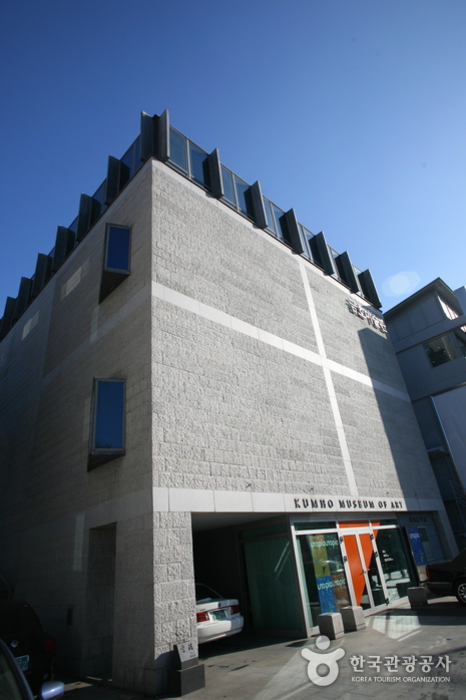
 English
English
 한국어
한국어 日本語
日本語 中文(简体)
中文(简体) Deutsch
Deutsch Français
Français Español
Español Русский
Русский